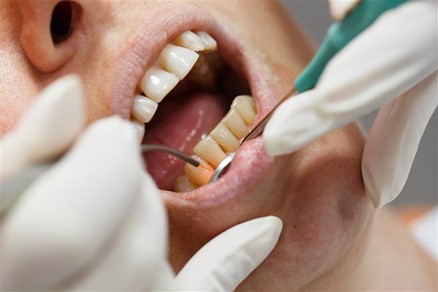Periodontal surgery, also known as gum surgery, is a procedure designed to treat severe gum disease, such as gingivitis or periodontitis. The goal of this surgery is to address gum damage and prevent further oral health issues. It focuses on regrowing damaged tissues, reducing gaps between teeth, reshaping the jawbone, and eliminating harmful bacteria.
Conditions Treated by Gum Surgery
Gum disease comes in two main forms:
Gingivitis: This is the mildest form, causing gum redness, swelling, and bleeding. It’s typically due to poor oral hygiene and can often be reversed with professional dental care.
Periodontitis: A more advanced form, where gingivitis has worsened. This severe condition leads to the destruction of bone and tissues around the teeth. It results in pockets that trap bacteria, potentially causing tooth loss and bone damage.
Types of Periodontal Procedures
The type of surgery performed depends on the severity of the gum disease:
Flap Surgery: Useful for cleaning deep pockets in the gums. The gums are lifted away from the teeth to remove tartar and bacteria, then stitched back in place. Bone reshaping may also be needed.
Bone Grafting: When the bone around a tooth is damaged, a graft (which could be from the patient, a synthetic source, or a donor) is placed to help regenerate bone and stabilize the tooth.
Guided Tissue Regeneration: A mesh-like material is placed between the gum and bone to help new bone and tissue grow.
Tissue Grafting: This procedure is used for gum recession. Tissue is taken from another part of the mouth (like the roof) and placed where the gum has receded. This helps cover exposed roots and prevent further damage.
Preparing for Surgery
Before undergoing gum surgery, your dentist will conduct a pre-operative exam to ensure you’re a good candidate. This includes reviewing your medical history, examining your teeth and gums, and discussing the risks and benefits of the surgery.
Recovery and Aftercare
Post-surgery recovery involves managing pain with prescribed medications, using an antiseptic mouthwash, avoiding strenuous activities, and eating soft foods. Regular follow-up visits will be scheduled to monitor healing and remove stitches if needed. You may experience some tooth sensitivity, which can be managed with desensitizing toothpaste.
Preventing Gum Disease
Preventing gum disease is largely about maintaining good oral hygiene. Regular brushing, flossing, and routine dental check-ups can effectively prevent gum issues and maintain overall oral health.
Without treatment, gum disease can lead to serious health problems like cardiovascular disease, diabetes, and pre-term low-birth-weight babies. Proper care and regular dental visits can help manage and reduce the risk of severe gum disease.



